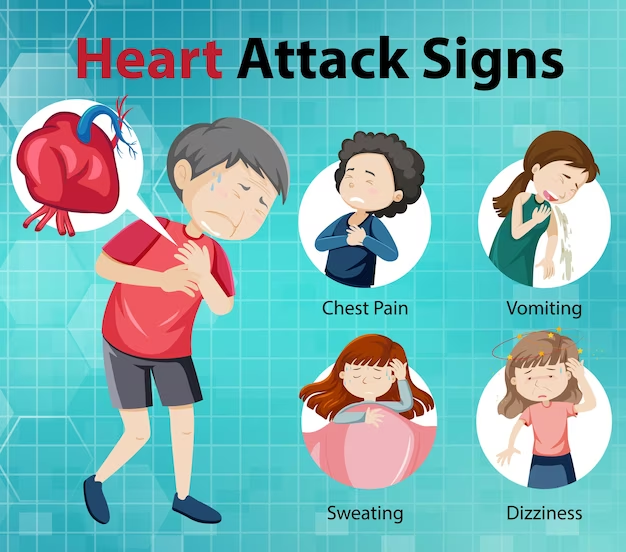Hypertension, how to coup with it
Introduction,
Hypertension is the most common primary diagnosis in the United States. It affects approximately 86 million adults (≥20 years) in the United States and is a major risk factor for stroke, myocardial infarction, vascular disease, and chronic kidney disease.
Primary hypertension:
The first blood pressure reading is called the systolic blood pressure. The second blood pressure reading is called the diastolic blood pressure.
Secondary Hypertension:
- It is Caused by an underlying medical condition.
- It Can result from kidney disease, endogenous hormonal disorders, vascular disorders, neurogenic causes, sleep apnea , medication side effects ,toxins , hypo and hyperthyroidism, hyperparathyroidism , acromegaly and pregnancy induced hypertension.
- Hypertensive Emergencies,
The most common hypertensive emergency is a rapid unexplained rise in BP in patients with chronic essential hypertension. Most patients who develop hypertensive emergencies have a history of inadequate hypertensive treatment or an abrupt discontinuation of their medications.
Other causes of hypertensive emergencies include the use of recreational drugs, abrupt clonidine withdrawal, post pheochromocytoma removal, and systemic sclerosis.
White Coat Hypertension,
Patient with BP level above the 95th percentile in physician's office and is normotensive outside.
Diagnosis,
- Hypertension is diagnosed by taking two blood pressure readings in the doctor's office, at least 2 weeks apart.
- The blood pressure readings should be taken while you are sitting quietly for at least 5 minutes.
Normal: Systolic lower than 120 mm Hg, diastolic lower than 80 mm Hg
Prehypertension: Systolic 120-139 mm Hg, diastolic 80-89 mm Hg
Stage 1: Systolic 140-159 mm Hg, diastolic 90-99 mm Hg
Stage 2: Systolic 160 mm Hg or greater, diastolic 100 mm Hg or greater
-
Elevated blood pressure with a systolic pressure between 120 and 129 mm Hg and diastolic pressure less than 80 mm Hg
Signs and Symptoms of Hypertension:
- Often referred to as the "silent killer" due to lack of noticeable symptoms.
- -Headaches, especially at the back of the head.
- -Shortness of breath.
- -Nosebleeds.
- -Flushed face.
- -Dizziness.
-
Hypertension is defined as a systolic blood pressure (SBP) of 140 mm Hg or more, or a diastolic blood pressure (DBP) of 90 mm Hg or more, or taking antihypertensive medication.
Based on recommendations of the Seventh Report of the Joint National Committee on Prevention, Detection, Evaluation, and Treatment of High Blood Pressure (JNC 7), the classification of BP for adults aged 18 years or older has been as follows :
The 2017 ACC/AHA guidelines eliminate the classification of prehypertension and divides it into two levels [1, 2] :
Lifestyle modifications
JNC 7 recommendations to lower BP and decrease cardiovascular disease risk include the following, with greater results achieved when 2 or more lifestyle modifications are combined [5] :
Weight loss (range of approximate systolic BP reduction [SBP], 5-20 mm Hg per 10 kg)
Limit alcohol intake to no more than 1 oz (30 mL) of ethanol per day for men or 0.5 oz (15 mL) of ethanol per day for women and people of lighter weight (range of approximate SBP reduction, 2-4 mm Hg)
Reduce sodium intake to no more than 100 mmol/day (2.4 g sodium or 6 g sodium chloride; range of approximate SBP reduction, 2-8 mm Hg) [8]
Maintain adequate intake of dietary potassium (approximately 90 mmol/day)
Maintain adequate intake of dietary calcium and magnesium for general health
Stop smoking and reduce intake of dietary saturated fat and cholesterol for overall cardiovascular health
The DASH (Dietary Approaches to Stop Hypertension) diet is a well-regarded approach to managing hypertension. It emphasizes eating nutrient-rich foods such as fruits, vegetables, whole grains, lean proteins, and low-fat dairy while reducing sodium intake. This can help lower blood pressure and promote heart health.
Pharmacologic therapy
If lifestyle modifications are insufficient to achieve the goal BP, there are several drug options for treating and managing hypertension. Thiazide diuretics, an angiotensin-converting enzyme inhibitor (ACEI) /angiotensin receptor blocker (ARB), or calcium channel blocker (CCB) are the preferred agents in nonblack populations, whereas CCBs or thiazide diuretics are favored in black hypertensive populations. These recommendations do not exclude the use of ACE inhibitors or ARBs in treatment of black patients, or CCBs or diuretics in non-black persons. Often, patients require several antihypertensive agents to achieve adequate BP control.
use your antihypertensive medication according to the advise of your healthcare provider.
Precautions for Hypertension:
- Adhere to prescribed medication regimen and follow-up appointments to monitor their blood pressure regularly.
- Limit salt intake to recommended levels.
- Avoid excessive alcohol consumption.
- Manage stress through relaxation techniques and hobbies.
- Engage in regular physical activity, as advised by a healthcare professional.
- Avoid excessive use of caffeine.
-











Comments
Post a Comment